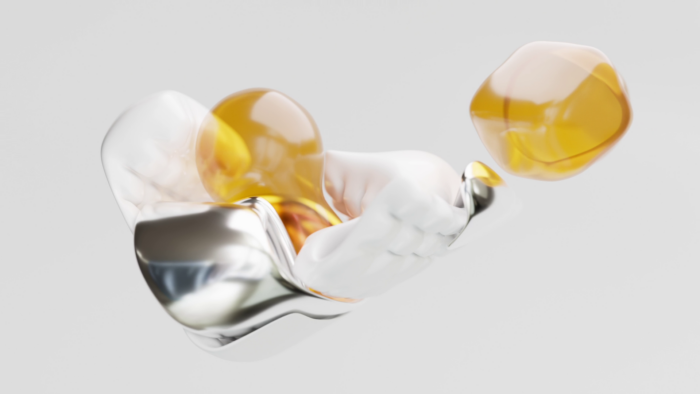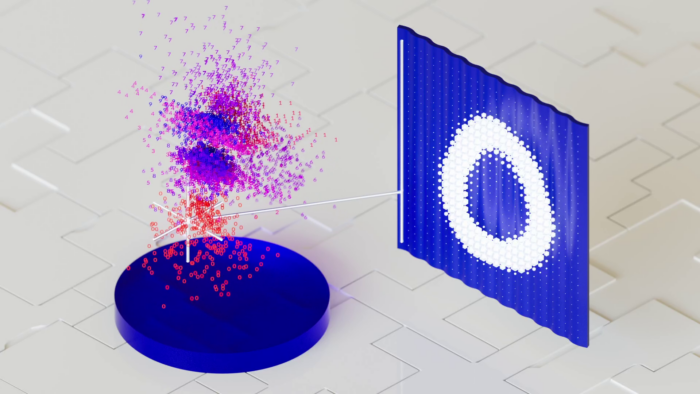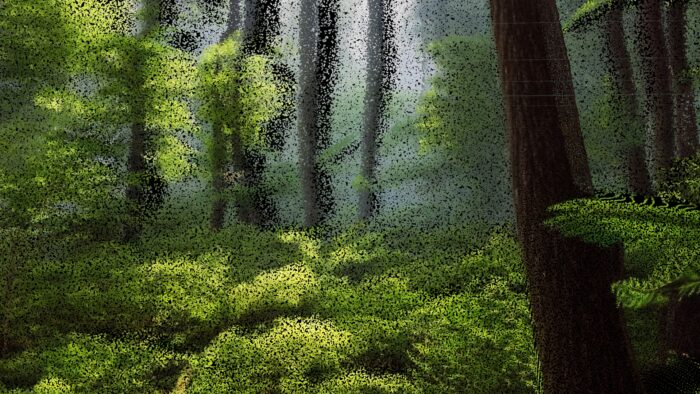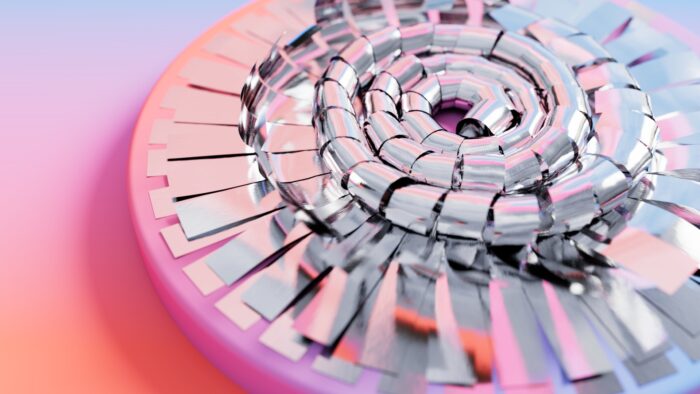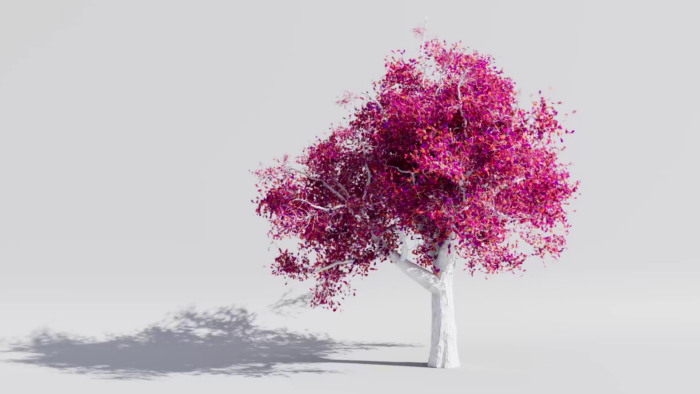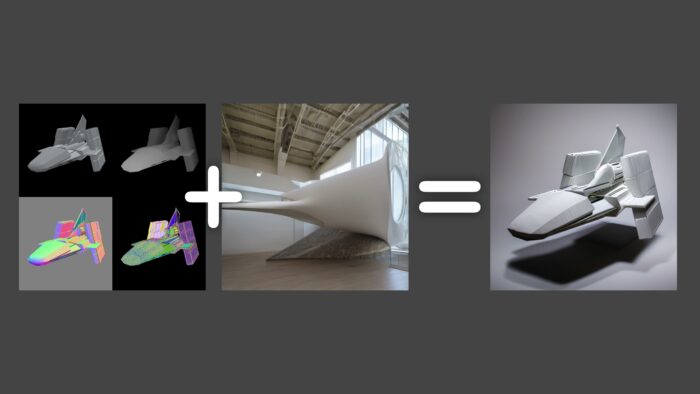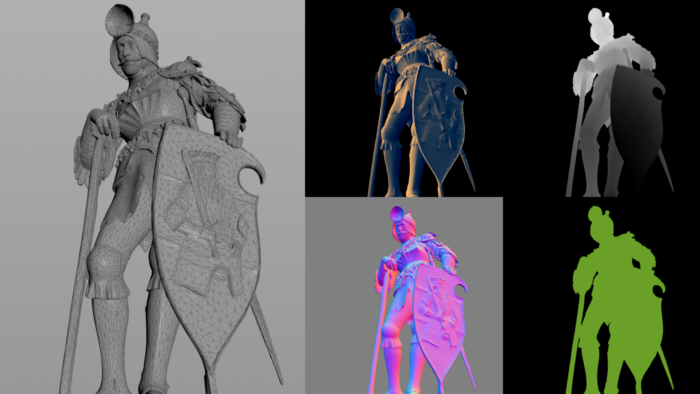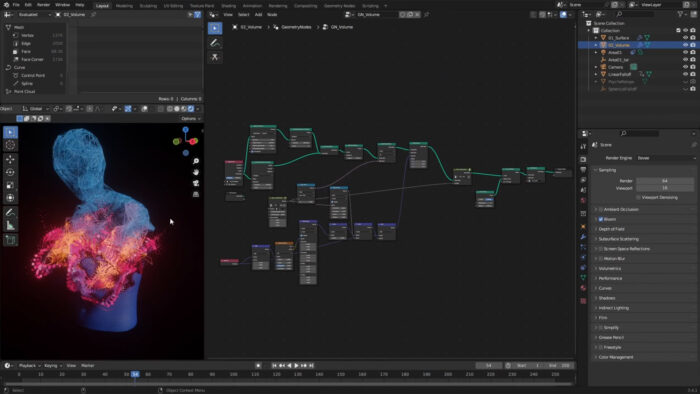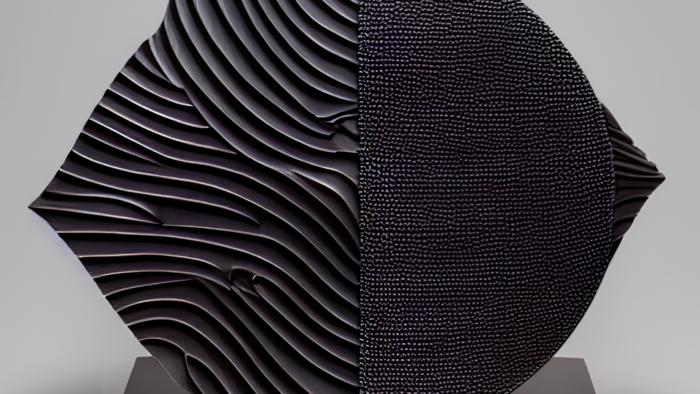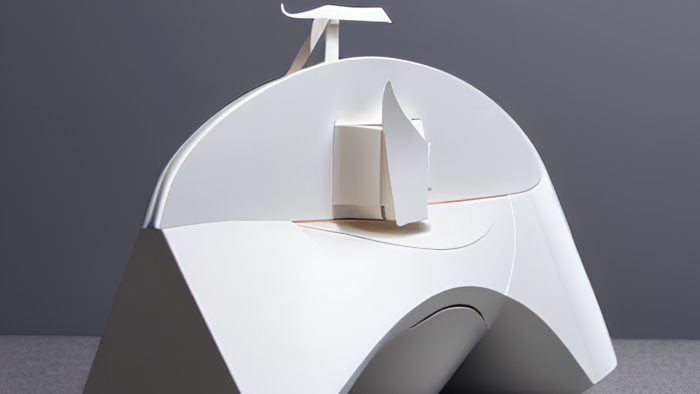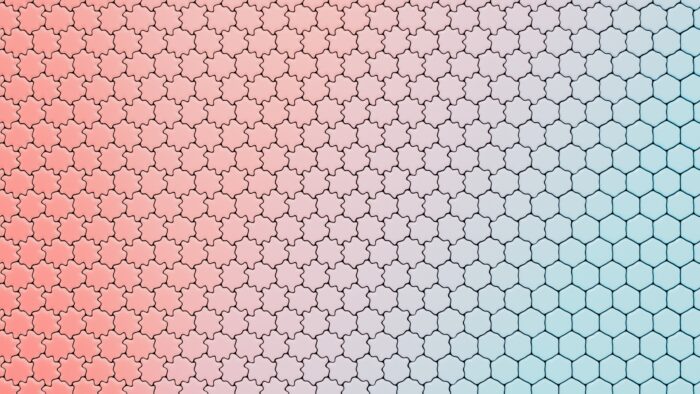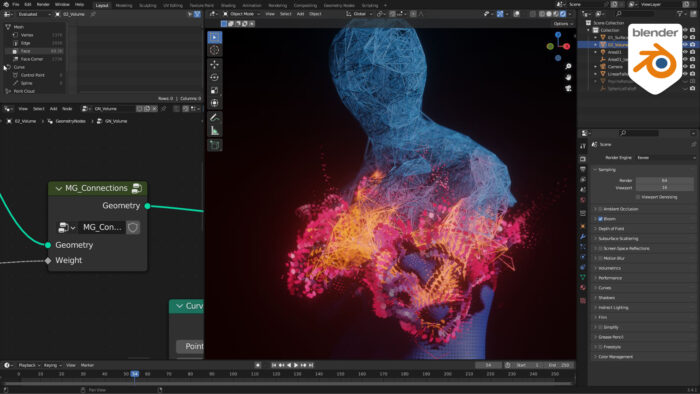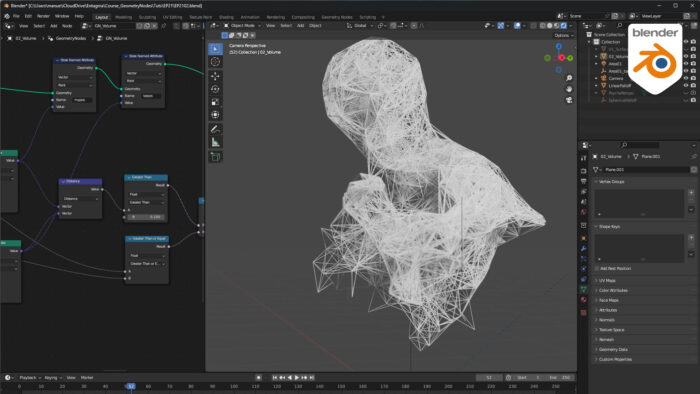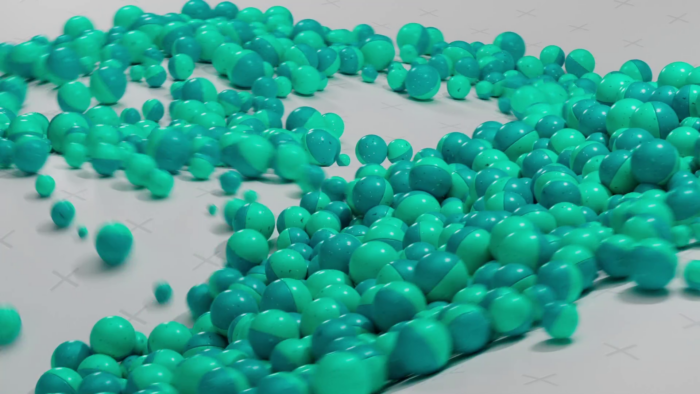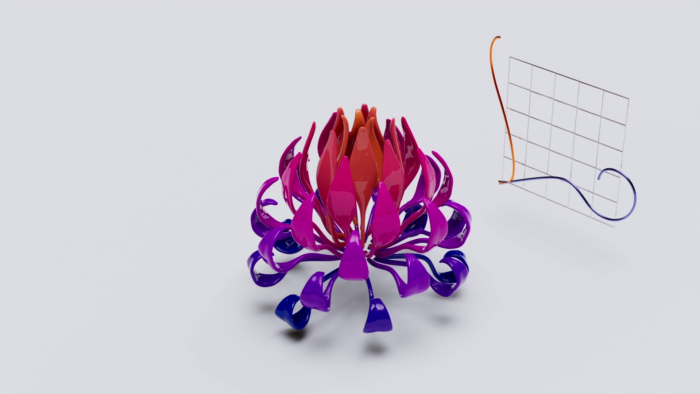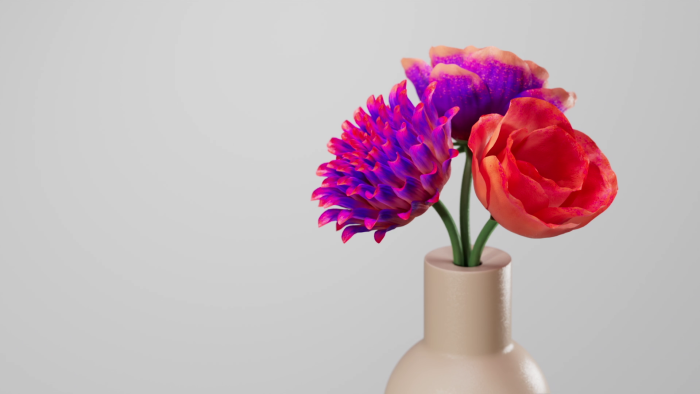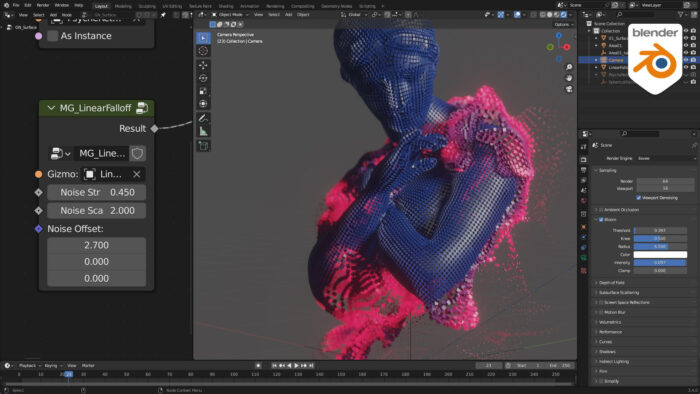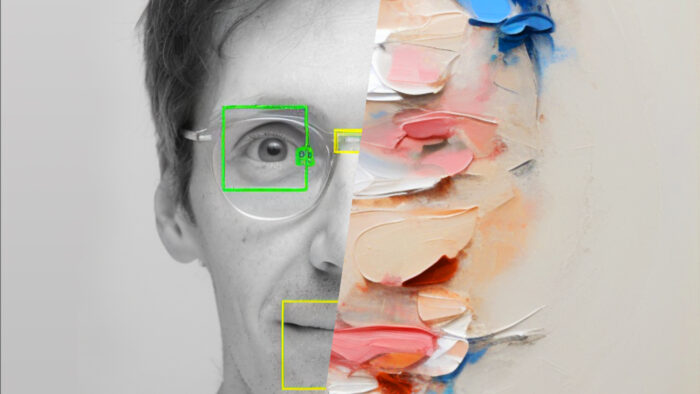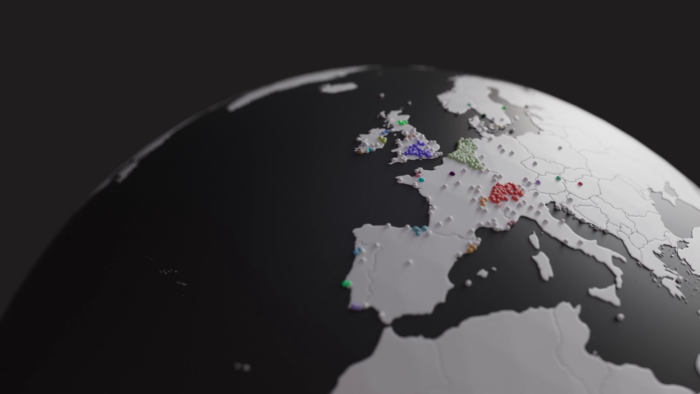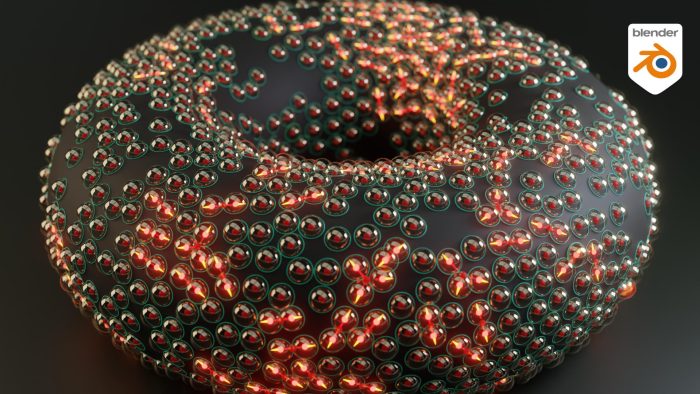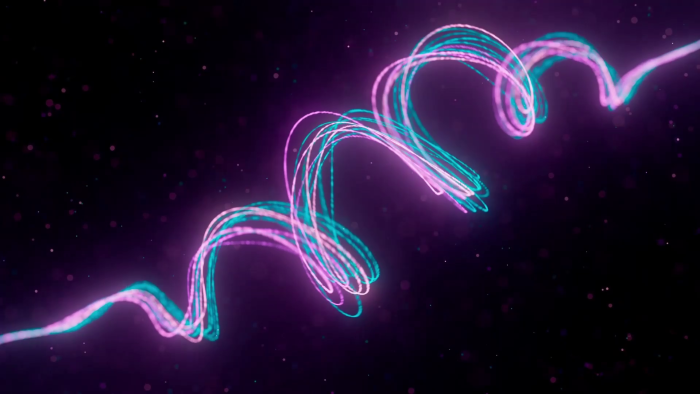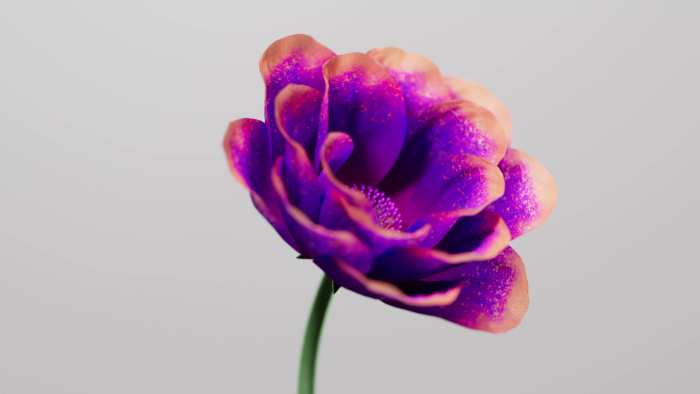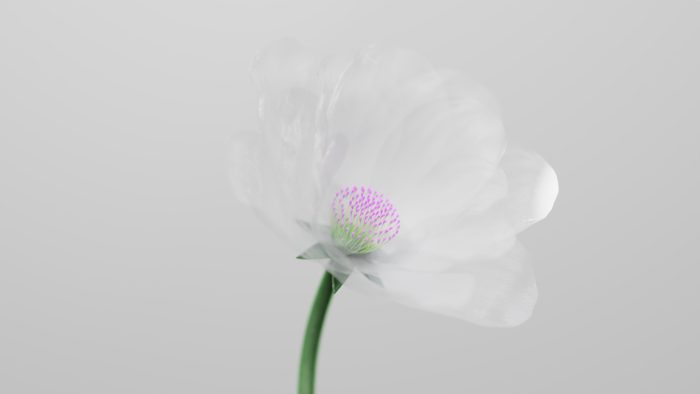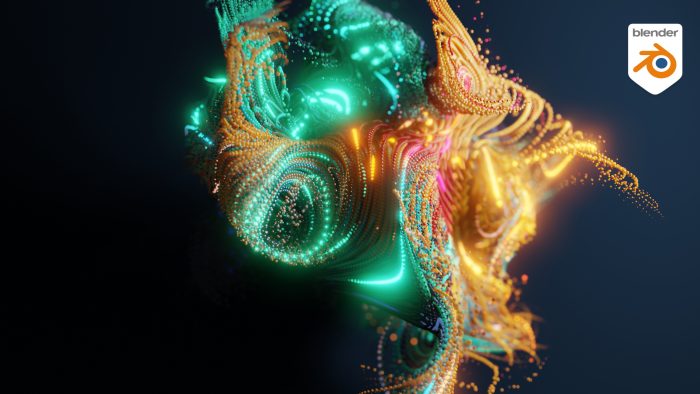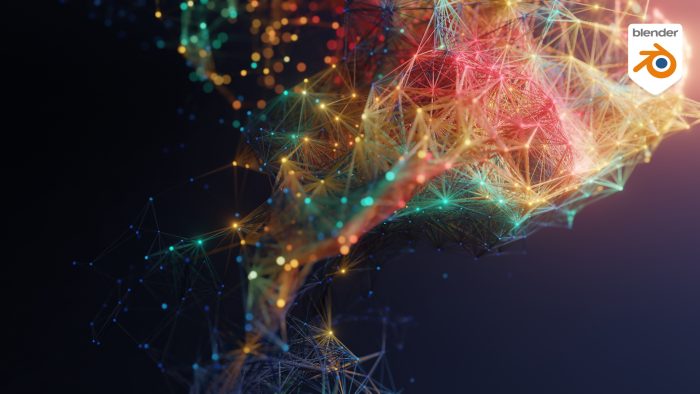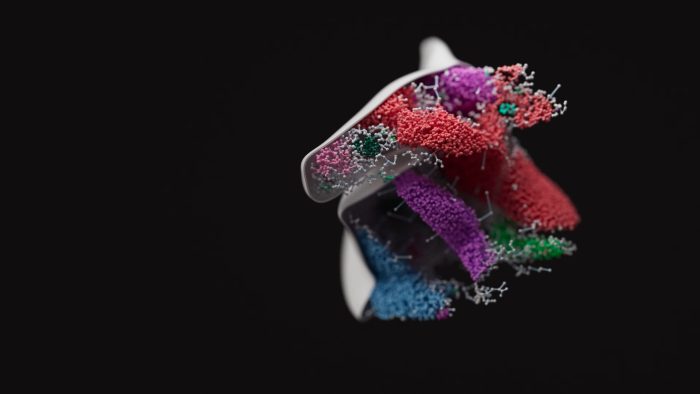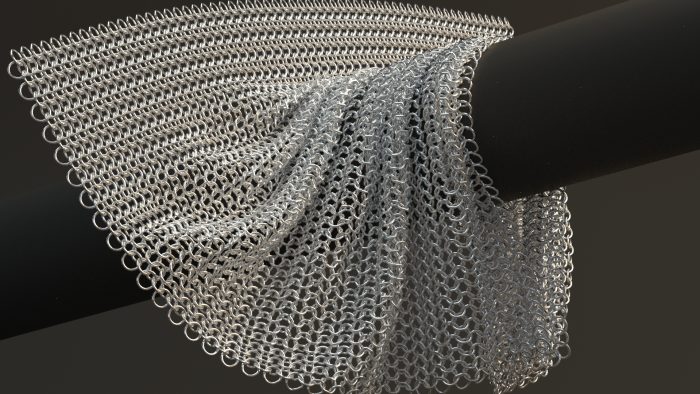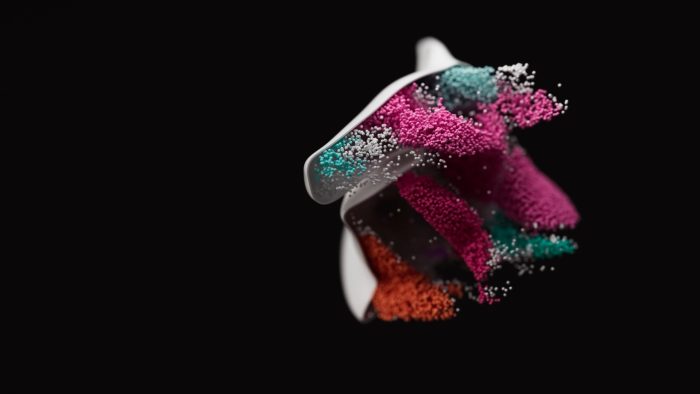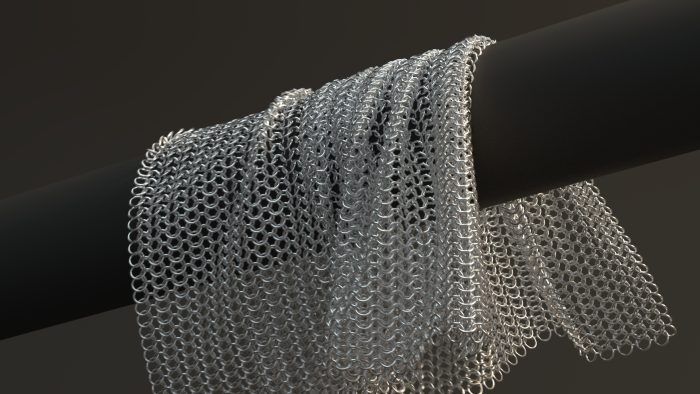To view this content, you must be a member of Entagma’s Patreon at $29 or more
AHTYA 2.0 – pt. 00: Course Overview
We’re renewing our beginner course for Houdini. We’re creating “Adding Houdini To Your Arsenal 2.0”. The first version was one of the earliest courses on our Patreon and is now already four years old. Houdini has changed and so should this video series. So, get […]
AHTYA 2.0 – pt. 01: User Interface
To view this content, you must be a member of Entagma’s Patreon at $29 or more
AHTYA 2.0 – pt. 02: Node Editor
To view this content, you must be a member of Entagma’s Patreon at $29 or more
AHTYA 2.0 – pt. 03: Parameters, Keyframes & Basic Expressions
To view this content, you must be a member of Entagma’s Patreon at $29 or more
Building a Latent Space in Houdini: Part 2 – Implementation
To view this content, you must be a member of Entagma’s Patreon at $29 or more
Building a Latent Space in Houdini: Part 1 – Theory
This week we want to give you a lot more insight into what a latent space actually is and how it gets created. In this case not by using Stable Diffusion, but by building and training our own neural net inside Houdini, who’s only job […]
Strange Forests: Creating 2.5D Images with MLOPs and Faking DOF in Pointclouds
Now that MLOPs is released and available for everyone, let’s create some motion graphics using those new tools and combine them with other workflows we already know from Houdini. In this video Chris shows you how he created these strange forest renders while beta-testing MLOPs […]
Simulating Curling Ribbons in Vellum
The idea for this video came from a question on our Patreon Community Hub, asking us how we’d go about creating curling ribbons in vellum, similar to a very beautiful setup by Playback Design. And, as it turns out, this is a quite fun and […]
KineFX 101 – pt. 30: Tree Rig 04: Rendering in Karma
To view this content, you must be a member of Entagma’s Patreon at $29 or more
KineFX 101 – pt. 30: Tree Rig 03: Simulating the Twig
To view this content, you must be a member of Entagma’s Patreon at $29 or more
KineFX 101 – pt. 30: Tree Rig 02: Rigging the Tree
To view this content, you must be a member of Entagma’s Patreon at $29 or more
KineFX 101 – pt. 30: Tree Rig 01: Generating a Tree
To view this content, you must be a member of Entagma’s Patreon at $29 or more
Advanced Setups 25 – Controlling Stable Diffusion With Houdini Pt. 3: ControlNet
To view this content, you must be a member of Entagma’s Patreon at $29 or more
DIY Rendering Engine Like It’s 1975
What do you do when you need fast info passes rendered out but are too stupid to set up something in ROPs and too lazy to use Solaris? Right – you build yourself a 1970s render engine straight in SOPs. Clever? Not sure. Useful? Definitely. […]
Geometry Nodes Ep23 – Finishing The Effect
To view this content, you must be a member of Entagma’s Patreon at $29 or more
Advanced Setups 24 – Controlling Stable Diffusion With Houdini Pt. 2: img2img
To view this content, you must be a member of Entagma’s Patreon at $29 or more
Advanced Setups 23 – Controlling Stable Diffusion With Houdini
Of course Mo could take the high road and build a stable diffusion pipeline using Huggingface’s Diffusers library… But let’s not kid ourselves. Thanks to Automatic1111’s API Mo can duct tape together Houdini and WebUI to use both of these awe inspiring powerful tools to […]
Creating Escher Inspired Tiling Tesselations
Jeroen Claus happens “to know a particular kind of software that’s pretty good at applying a set of geometrical rules.” So he sets out to take you on a journey of building Escher inspired tesselations. Download Project Files (.hiplc)
KineFX 101 – pt. 29: Rigging Volumes
To view this content, you must be a member of Entagma’s Patreon at $29 or more
Creating an AI Chimera Using Stable Diffusion
We continues poking into stable diffusion by giving a brief overview of what tokens and embeddings are and how the can be manipulated to blend between prompts. Finally we create some nonsensical animals. Huge thanks to Chris Hoffmann (ugly stupid honest) Notebook: Stable Diffusion Deep […]
Geometry Nodes Ep22 – Coloring the Yarn Sculpture
To view this content, you must be a member of Entagma’s Patreon at $29 or more
Houdini Tutorial: Waddington Landscape
We are very excited to host our dear friend Dr. Jeroen Claus with a very special tutorial. He’s been working together with Tape Lab, UCL Cancer Research’s Cell Communication Laboratory, to visualise data from their study A Single-cell Perturbation Landscape of Colonic Stem Cell Polarisation, […]
Geometry Nodes Ep21 – Creating the Second Layer: The Yarn Sculpture
To view this content, you must be a member of Entagma’s Patreon at $29 or more
Guest Course: Creating a Rolling Objects Solver – Part 1
View Full Course Here Please welcome our friend Bastian J. Schiffer who generously agreed not only to do a guest tutorial, but a full seven part course! In this begintermediate course, he is going to take you through the steps necessary to build a solver […]
KineFX 101 – pt. 28: Building a Curve Controller for KineFX
To view this content, you must be a member of Entagma’s Patreon at $29 or more
KineFX 101 – pt. 27: Flower 05: Fur, Karma and Variations
To view this content, you must be a member of Entagma’s Patreon at $29 or more
Geometry Nodes Ep20 – Implementing a Linear Falloff
To view this content, you must be a member of Entagma’s Patreon at $29 or more
Stable Diffusion & OpenCV for Face Detection and Automatic Compositing
Ever wondered what to do with your overfitted neural networks that seem to be good at generating exactly one thing? In this video, Mo has a suggestion: Augment it with a bit of OpenCV and use it to automatically detect facial features in an input […]
Advanced Setups 22 – Jeroen Claus: Comparing Clustering Algorithms
To view this content, you must be a member of Entagma’s Patreon at $29 or more
Geometry Nodes Simulation: Relax Points
Often you’ll need point distributions with non-overlapping points. Be it that you want to pack scales onto the surface of a fish or distribute vegetation on your procedural terrain. Although the “distribute points on faces” node comes with a poisson disc mode to remove overlapping […]
Houdini Guest Tutorial (Simon Fiedler): Easy Energy Spirals
Please welcome our Friend Simon Fiedler to a guest tutorial. He generously agreed to share a quick and easy production setup he built for a recent project: Energy spirals with a high degreed of art directability.
KineFX 101 – pt. 26: Flower 04: Blossom Animation
To view this content, you must be a member of Entagma’s Patreon at $29 or more
KineFX 101 – pt. 25: Flower 03: Extra Bits
To view this content, you must be a member of Entagma’s Patreon at $29 or more
WebUI + Houdini Tutorial: Generating And Using AI Depth Maps
Mo goes over how to generate a depth map from a single image and use it in Houdini’s Karma XPU to render a relief like geometry. Download Project Files: https://www.entagma.com/downloads/AI_Houdini_depthmap.zip
Creating AI Portrait Pictures using Stable Diffusion and Dreambooth
After installing the stable diffusion webui (https://youtu.be/cL_ZYdkIqBU), Mo goes over how to train an AI model to generate portraits of your face using dreambooth. Stable Diffusion webUI:https://github.com/AUTOMATIC1111/stable-diffusion-webui
KineFX 101 – pt. 24: Flower 02: Blossom
To view this content, you must be a member of Entagma’s Patreon at $29 or more
Stable Diffusion 2.0 Quickstart
It’s come so far that even Mo couldn’t ignore AI any longer, so he reluctantly started diving into diffusion models. When he emerged a month later (and very unkempt) this is what he found out. This tutorial covers installing Stable Diffusion 2.0 using Automatic1111’s webUI, […]
KineFX 101 – pt. 23: Flower 01: Petal
To view this content, you must be a member of Entagma’s Patreon at $29 or more
Geometry Nodes Simulation: Advect by Curl Noise
Simulation inside of Geometry Nodes is finally possible with this “buffer” hack. After setting up the sim environment, Manuel explains to you what the curl of a vector field is all about and implements a version of curl noise to drive some simulated particles. Download […]
Connect The Dots with Geometry Nodes, The “Plexus” Effect
This time we’ll create the “plexus” effect with Geometry Nodes inside of Blender. Manuel shows you how to abuse geometry to fake a loop, that tests all connections between the points of an incoming point cloud and compares their lengths. Then, only the ones are […]
KineFX 101 – pt. 22: TD Techniques: Copy Rigged Characters
To view this content, you must be a member of Entagma’s Patreon at $29 or more
Advanced Setups 21 – Jeroen Claus: HDBSCAN
To view this content, you must be a member of Entagma’s Patreon at $29 or more
KineFX 101 – pt. 21: CFX Fur – Part 2: Using and Misusing Fur Nodes in SOPs
To view this content, you must be a member of Entagma’s Patreon at $29 or more
Chainmail Part 2: Deform the Chainmail Using UVSample
In this second part of the chainmail tutorial Manuel shows you how to create a Vellum cloth sim and how to attach the chainmail geo to the simulated cloth using the VEX function UVSample(). Download Project File
Advanced Setups 20 – Jeroen Claus: DBSCAN
To view this content, you must be a member of Entagma’s Patreon at $29 or more
Chainmail Part 1: Creating a Procedural Chainmail Pattern
In this first part of the chainmail tutorial Manuel shows you how to create procedural chainmail instancing real geometry onto a procedural hex pattern created with VOPs. Download Project File
KineFX 101 – pt. 20: CFX Fur – Part 1b: Karma Hair Procedurals
To view this content, you must be a member of Entagma’s Patreon at $29 or more
